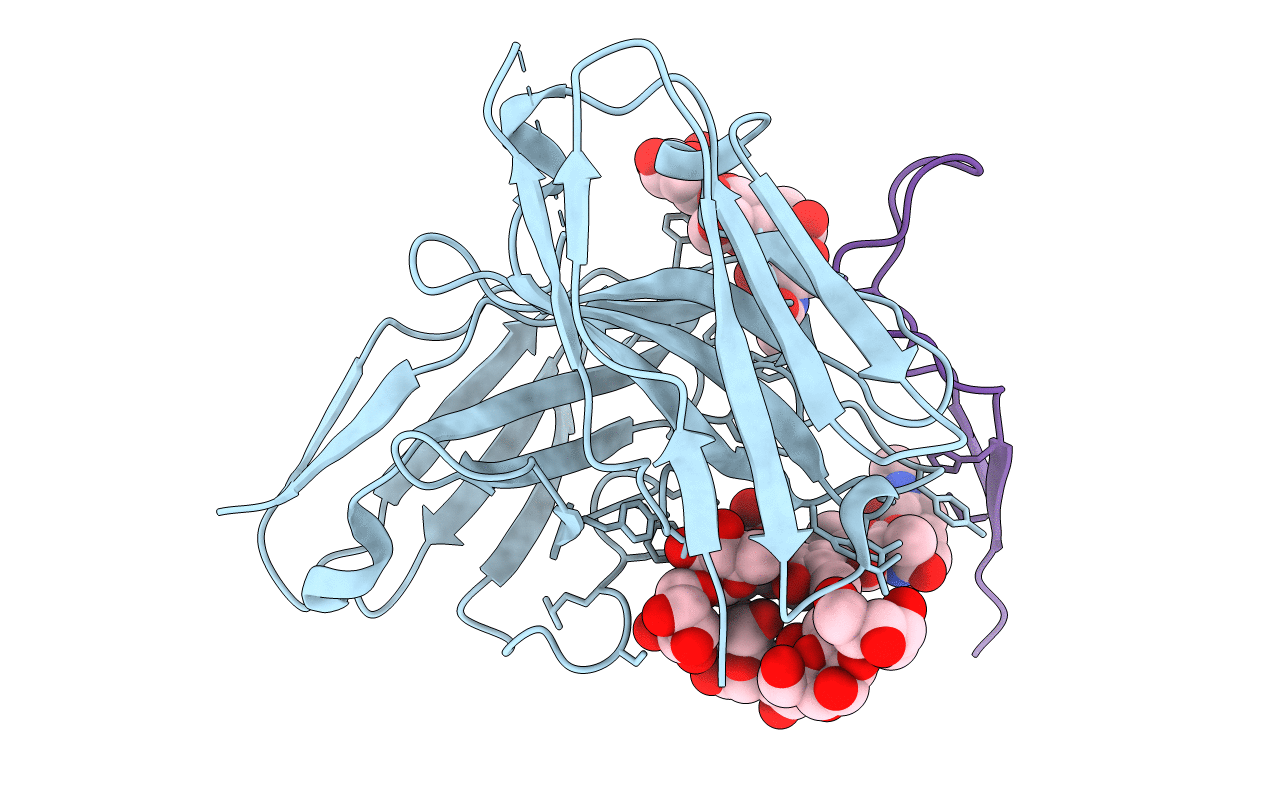
Deposition Date
2018-02-03
Release Date
2018-02-21
Last Version Date
2024-11-13
Entry Detail
PDB ID:
6CBP
Keywords:
Title:
Crystal structure of the single chain variable fragment of the DH270.6 bnAb in complex with the Man9-V3 glycopeptide
Biological Source:
Source Organism:
Homo sapiens (Taxon ID: 9606)
Human immunodeficiency virus 1 (Taxon ID: 11676)
Human immunodeficiency virus 1 (Taxon ID: 11676)
Host Organism:
Method Details:
Experimental Method:
Resolution:
2.17 Å
R-Value Free:
0.27
R-Value Work:
0.22
R-Value Observed:
0.22
Space Group:
P 41 2 2


